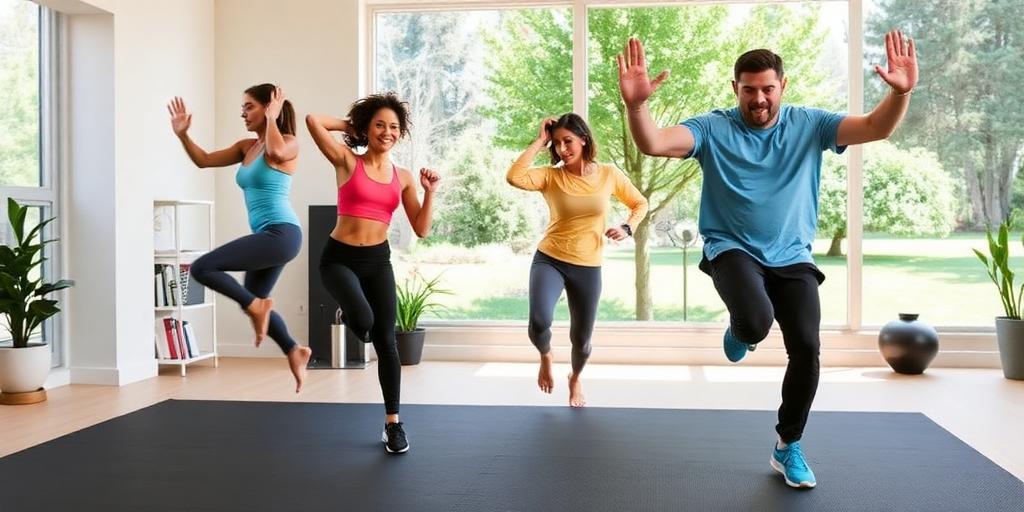Taping and Bracing for Injury Support and Prevention
Taping and bracing are common methods used to support joints, muscles, and ligaments, both for injury recovery and prevention. Understanding the different types and applications can help you make informed decisions about using these tools.
What is Taping?
Taping involves applying adhesive tape directly to the skin to provide support, stability, and compression. There are several types of tape, each with specific properties:
- Athletic Tape: Rigid and used for strong support. It restricts movement to protect injured joints.
- Elastic Adhesive Tape (EAB): Offers more flexibility and is often used for compression and support of muscles.
- Kinesiology Tape: Thin, stretchy tape that supports muscles and improves circulation without restricting movement.
Benefits of Taping
- Support: Provides stability to joints, reducing the risk of further injury.
- Pain Relief: Can alleviate pain by supporting muscles and reducing stress on injured areas.
- Proprioception: Enhances body awareness, improving movement and coordination.
- Compression: Reduces swelling and inflammation.
What is Bracing?
Bracing involves using a device to support and stabilize an injured area. Braces come in various forms, including:
- Hinged Braces: Provide support while allowing controlled movement, often used for knees and elbows.
- Sleeve Braces: Offer compression and mild support, suitable for minor injuries.
- Rigid Braces: Provide maximum support and immobilization, typically used for severe injuries or post-surgery.
Benefits of Bracing
- Stability: Limits movement to protect injured ligaments, tendons, or bones.
- Immobilization: Keeps the injured area still to promote healing.
- Weight-Bearing: Helps distribute weight away from the injured area, reducing stress.
- Protection: Shields the injury from external forces and impacts.
When to Use Taping
Taping is best suited for:
- Minor Sprains and Strains: Provides support and compression for mild injuries.
- Preventative Measures: Used to support joints during physical activity to prevent injuries.
- Muscle Support: Helps alleviate muscle fatigue and improve performance.
When to Use Bracing
Bracing is ideal for:
- Moderate to Severe Injuries: Offers greater support and stability for significant injuries.
- Post-Surgical Support: Protects the surgical site and aids in recovery.
- Chronic Instability: Provides ongoing support for unstable joints.
How to Apply Taping and Bracing
- Taping:
- Clean and dry the area.
- Apply pre-wrap if needed to protect the skin.
- Apply tape in the appropriate pattern for the specific injury or support needed.
- Ensure the tape is snug but not too tight to avoid restricting circulation.
- Bracing:
- Choose the correct size and type of brace.
- Position the brace according to the manufacturer's instructions.
- Adjust straps to ensure a secure and comfortable fit.
- Make sure the brace does not restrict circulation or cause discomfort.
Precautions
- Skin Irritation: Watch for signs of skin irritation or allergic reactions. Use pre-wrap or hypoallergenic tape if necessary.
- Circulation: Ensure that taping or bracing does not restrict blood flow. Check for numbness, tingling, or discoloration.
- Proper Application: Incorrect application can be ineffective or cause further injury. Seek guidance from a healthcare professional or athletic trainer.
- Professional Advice: Consult with a healthcare provider for proper diagnosis and treatment plan.
Taping and bracing can be valuable tools for injury support and prevention. Understanding the different types, benefits, and application methods can help you use them effectively. Always prioritize proper application and seek professional advice when needed to ensure the best outcomes.








